Artist’s Remorse – The Grid [Opus]
EDIT: Click the pictures to see the full grid. For some reason, the resizing takes out a grid line.
Artist’s Remorse’s level design is compact and decidedly busy in regard to how it handles the grid. The grid holds everything together and is home to two separate renditions of the Opus Level. Below is a look at the grid in its simplest form. As I go along, I will add information until everything is on top of each other, making it a confusing mess.
Opus Grid:
Now below this is the Opus Grid with the first iteration/part of the level. I’ve decided to call this Opus I.
Originally, it was my intention to introduce control of the detective to the player after making it completely inside the room. So, there really was only ever supposed to be the 11×11 square grid. After the added requirement of there being an outdoors scene, I added a little extra to the story. Take a look at Opus I; the red represents objects on the floor, while the purple areas represent hot zones for the player. The bottom room in Opus I is supposed to be boring, yet hold some key bits of information to possibly foreshadow the first event. With the introduction of lights in the scene, you begin to have a sense of what the flow should look like in the level.
The first event is triggered when the player is able to completely see Opus I. After obtaining the information from the desk and the walls on the to the door, the detective/player may enter. Only for a short moment does the player see the room before the Opus haunting begins. During this event, the door closes and the detective must pull out his flashlight. The player is now standing in Opus II, seen below with lights and hot zones.
When Opus II is becomes “active,” the player may now begin their investigation. Notice the fallen bookcase and addition of the trash can and pool of blood. Opus I is a presentation of the room one month before the suicide occurs, while Opus II is the room the day the detective enters Opus’s home.
Nothing is final at the moment, the bookcase and similar changes are to conceptualize the transition from Opus I to Opus II.
With the walls completely covered in hot zones, the flow starts to turn into itself. The player will have to make more than one pass around the room to solve the puzzle. Inspecting the drawings will lead the player to learn more about Opus’s life before he trapped himself in his room, along with how his mind mutated and deformed as he suffered severe depression and malnourishment.
Once the player has solved the puzzle and saved Opus’s soul, the haunting will end and the door will open. As I said earlier, it was originally only supposed to be Opus’s room, but now the player, may actually leave the room to do a little extra investigating. The door opens to the outdoors, a stone step leading to Opus’s gravestone with his violin leaning against it. Behind the headstone, there is a wall covered in a tribute to Opus and his life before his depression took him away from the world.
I’m holding out on the story of Opus, so there is a little more wonder when I am able to present the level to the class.
And to give you a big mess, here is the grid with all of the objects, lights, and hot zones, with the flow lines to boot:
Modular Design:
Because the level is so small, there will be limited modular design. The most important element of the level is the number of drawings pinned all over the walls. The drawings will either be projected onto the walls or onto sheets of crumpled, paper. Below is a simple, yet dark concept of the design in Artist’s Remorse.
Color Swatches:
Reference Images:
WARNING [To those with weak stomachs, there is some grotesque imagery below]

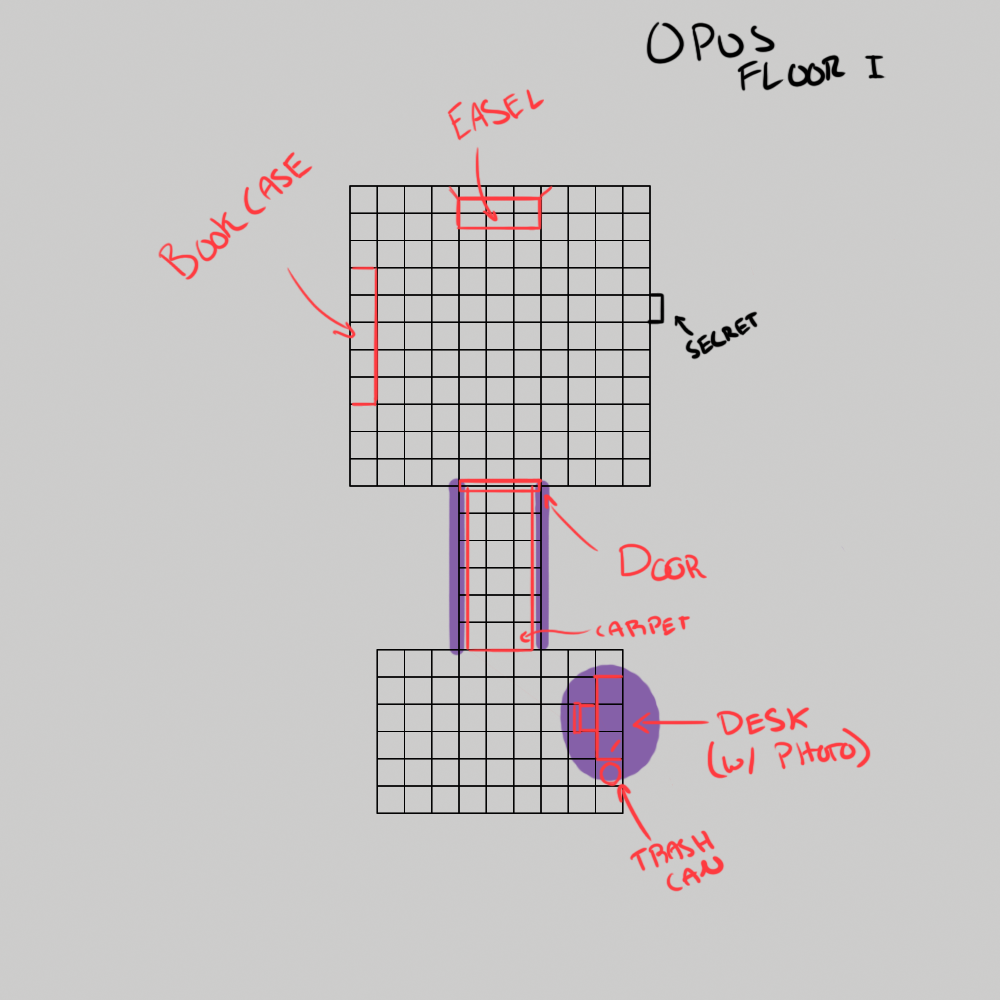
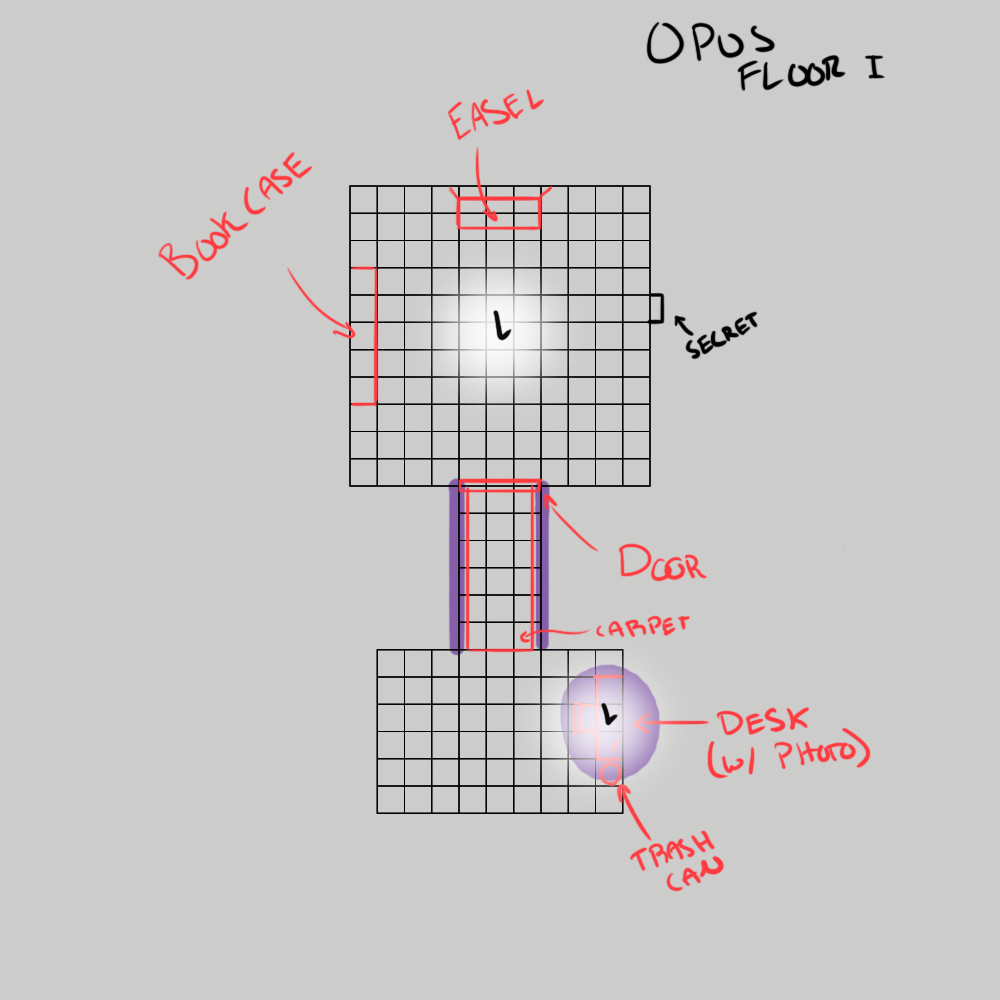
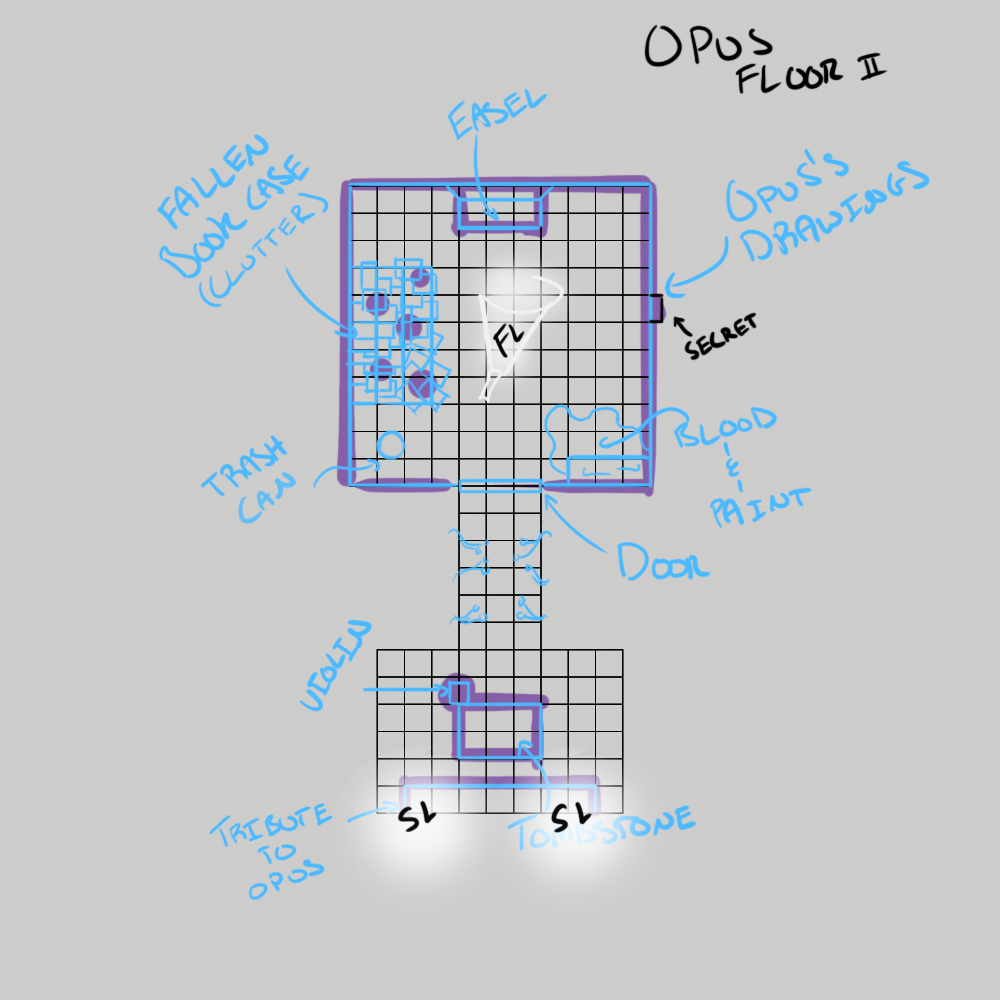
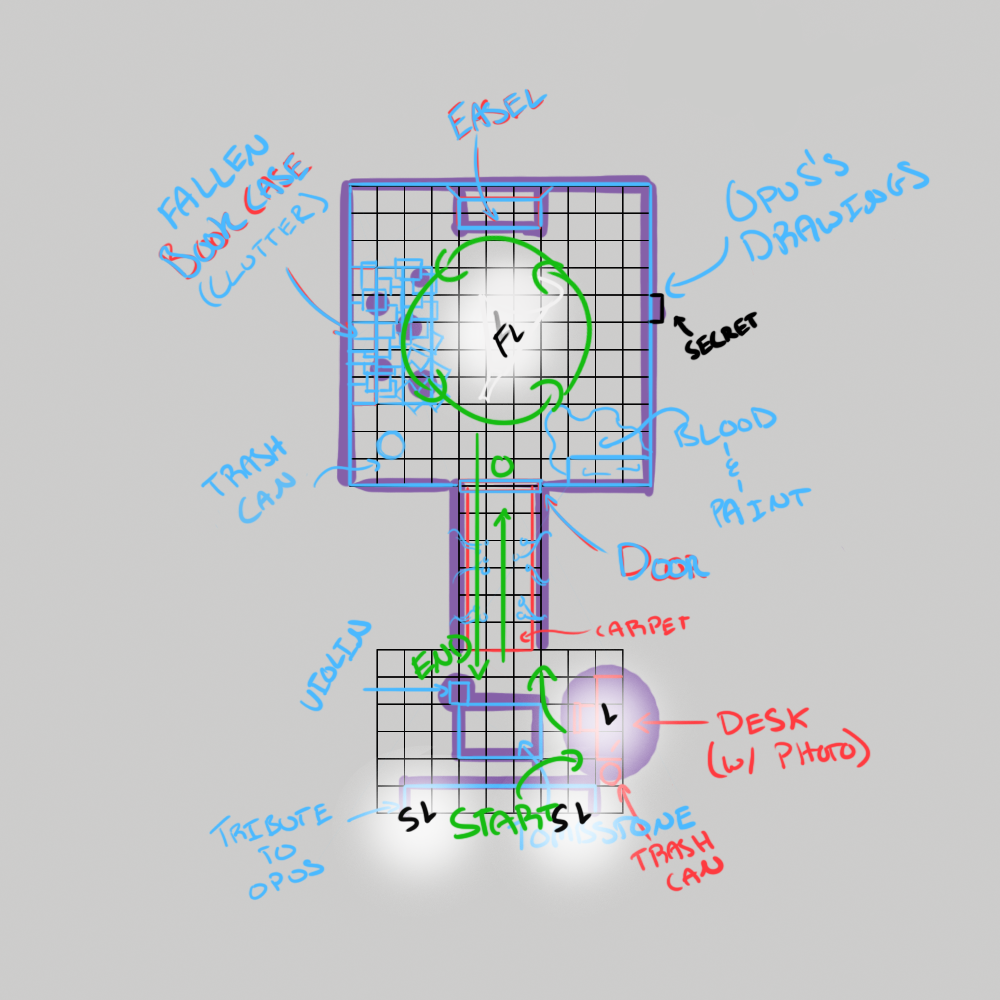
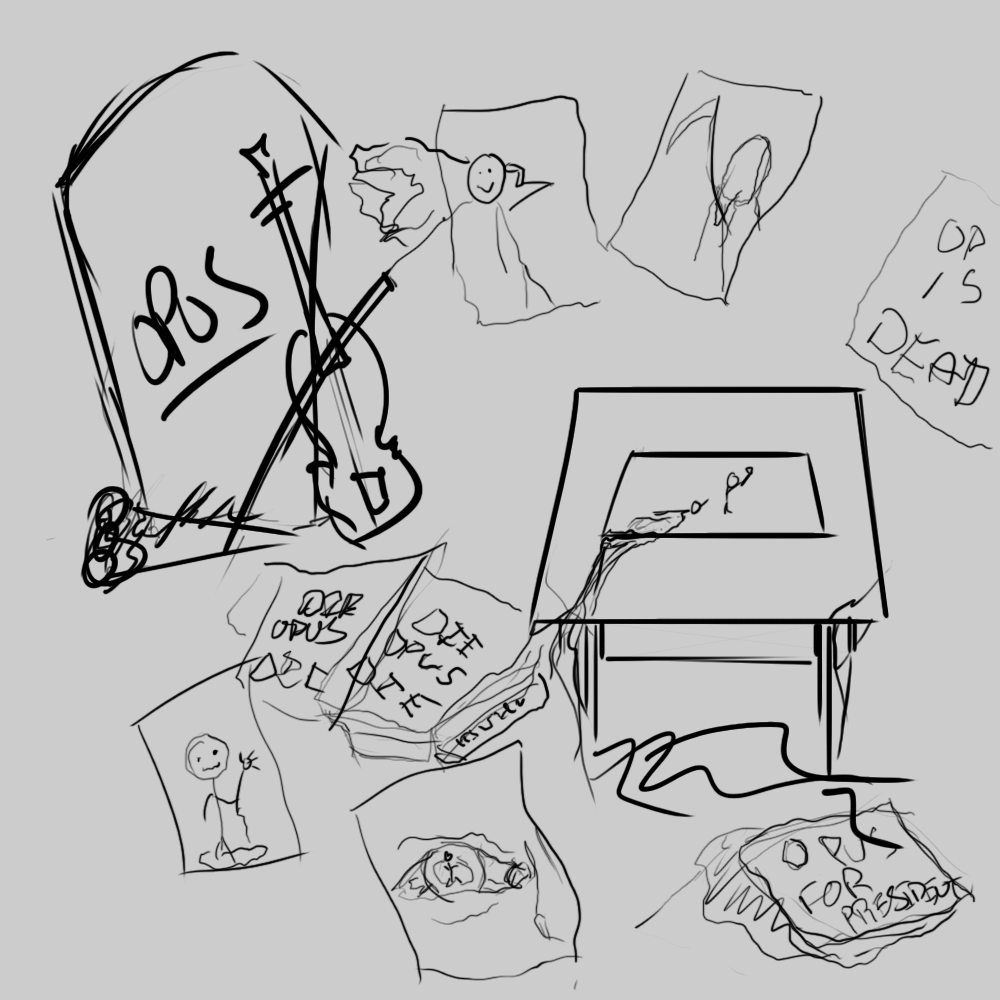
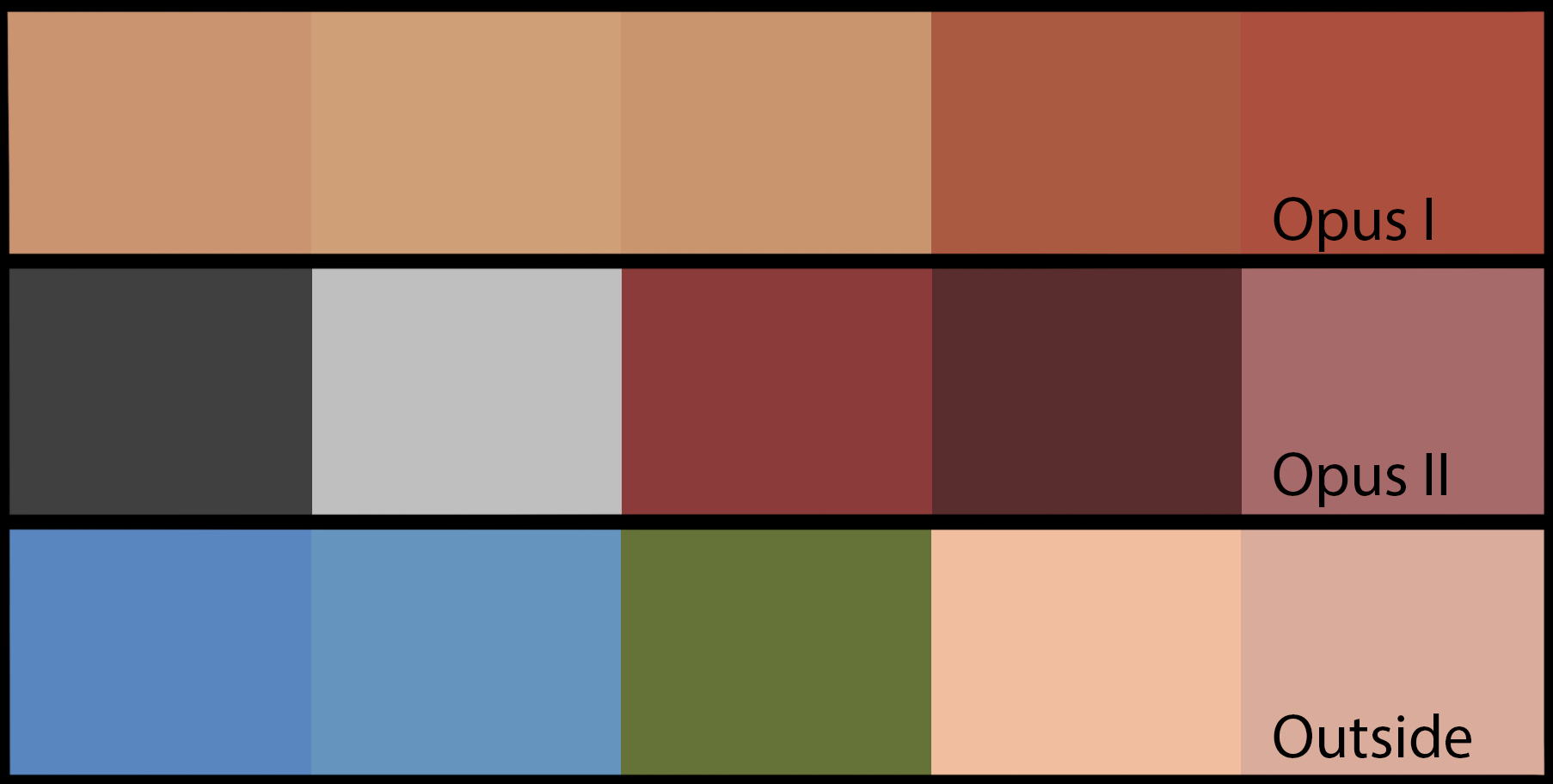
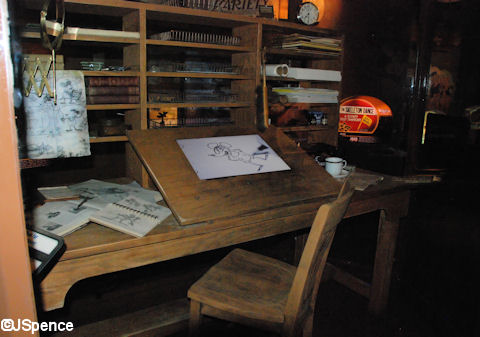
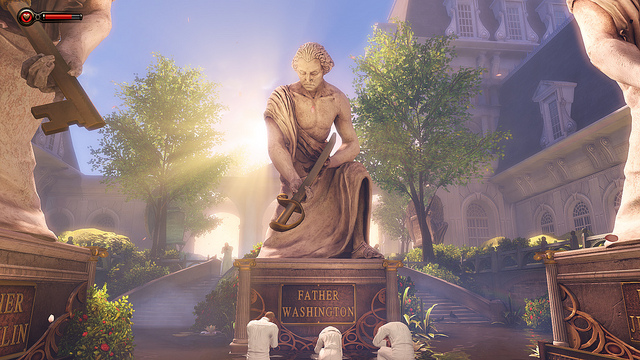
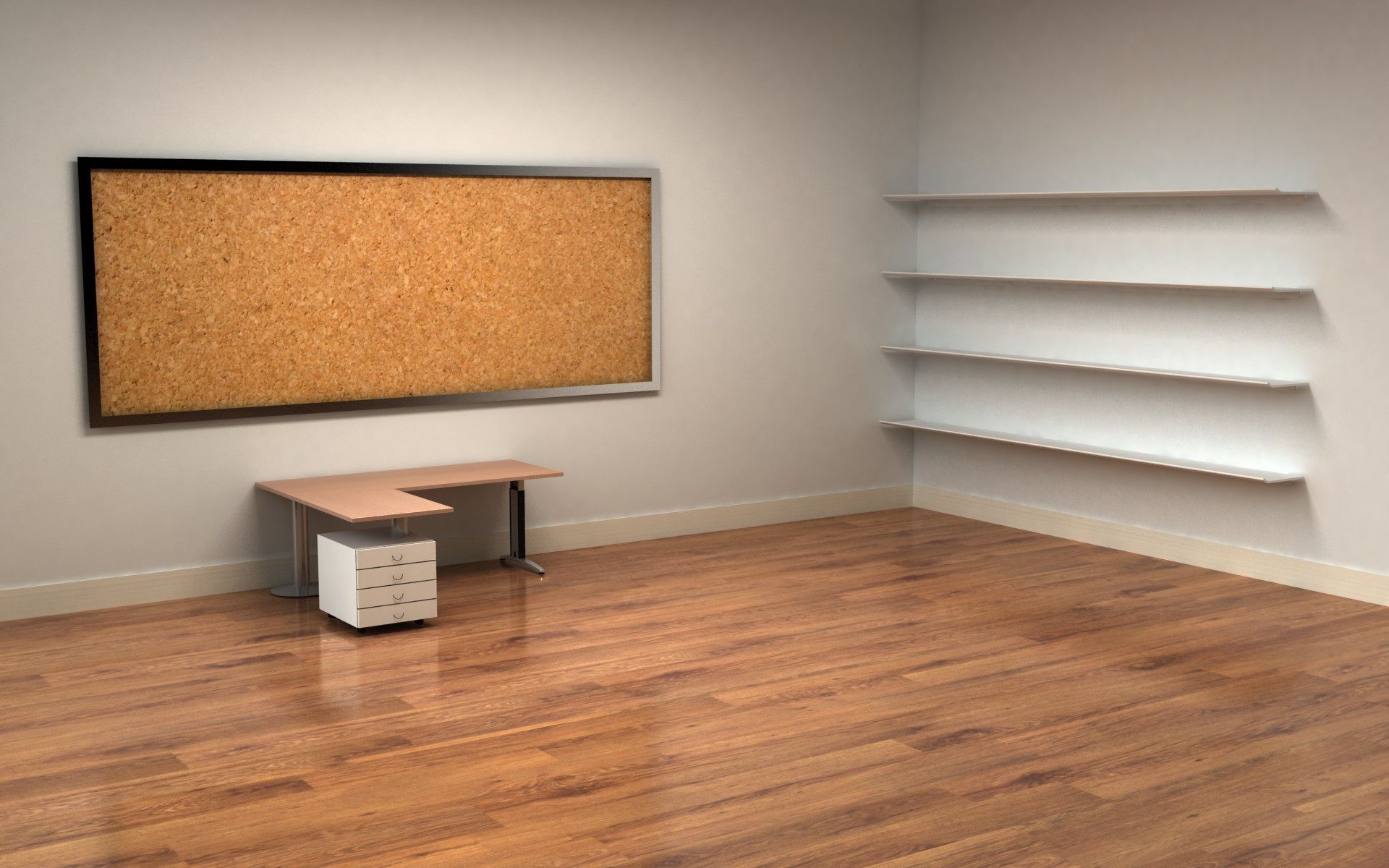
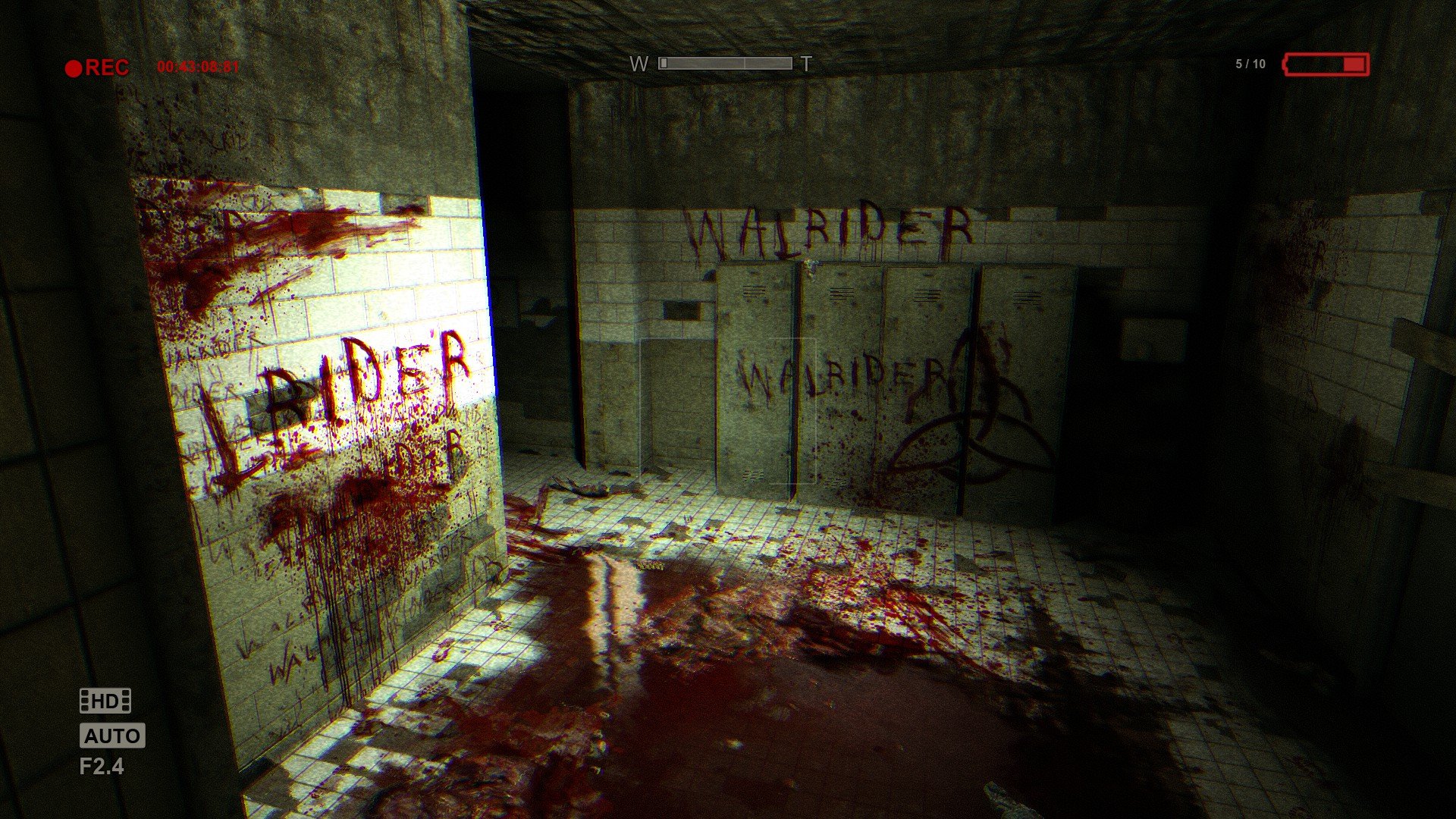
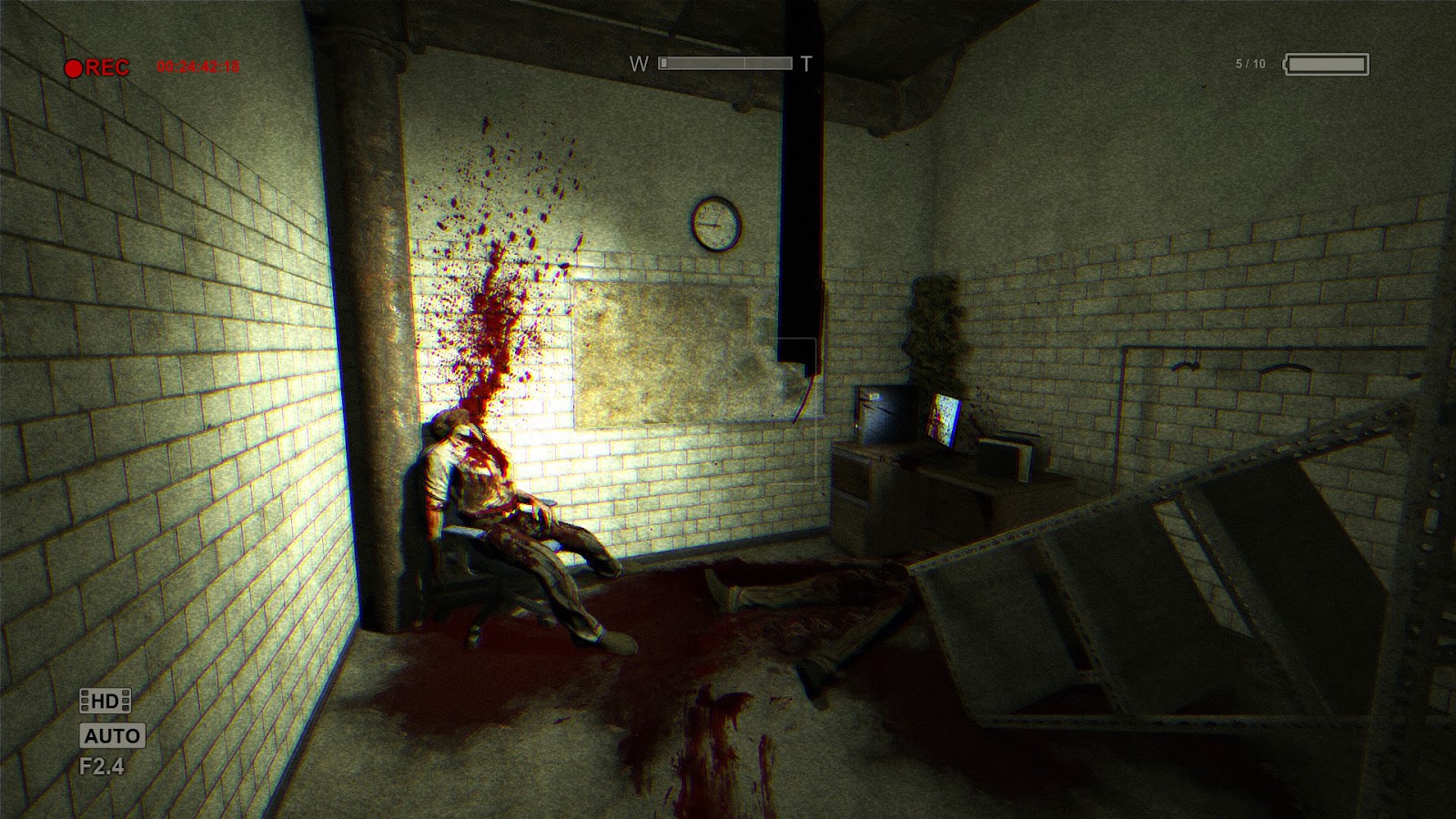

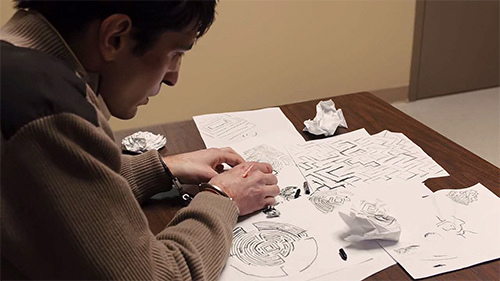
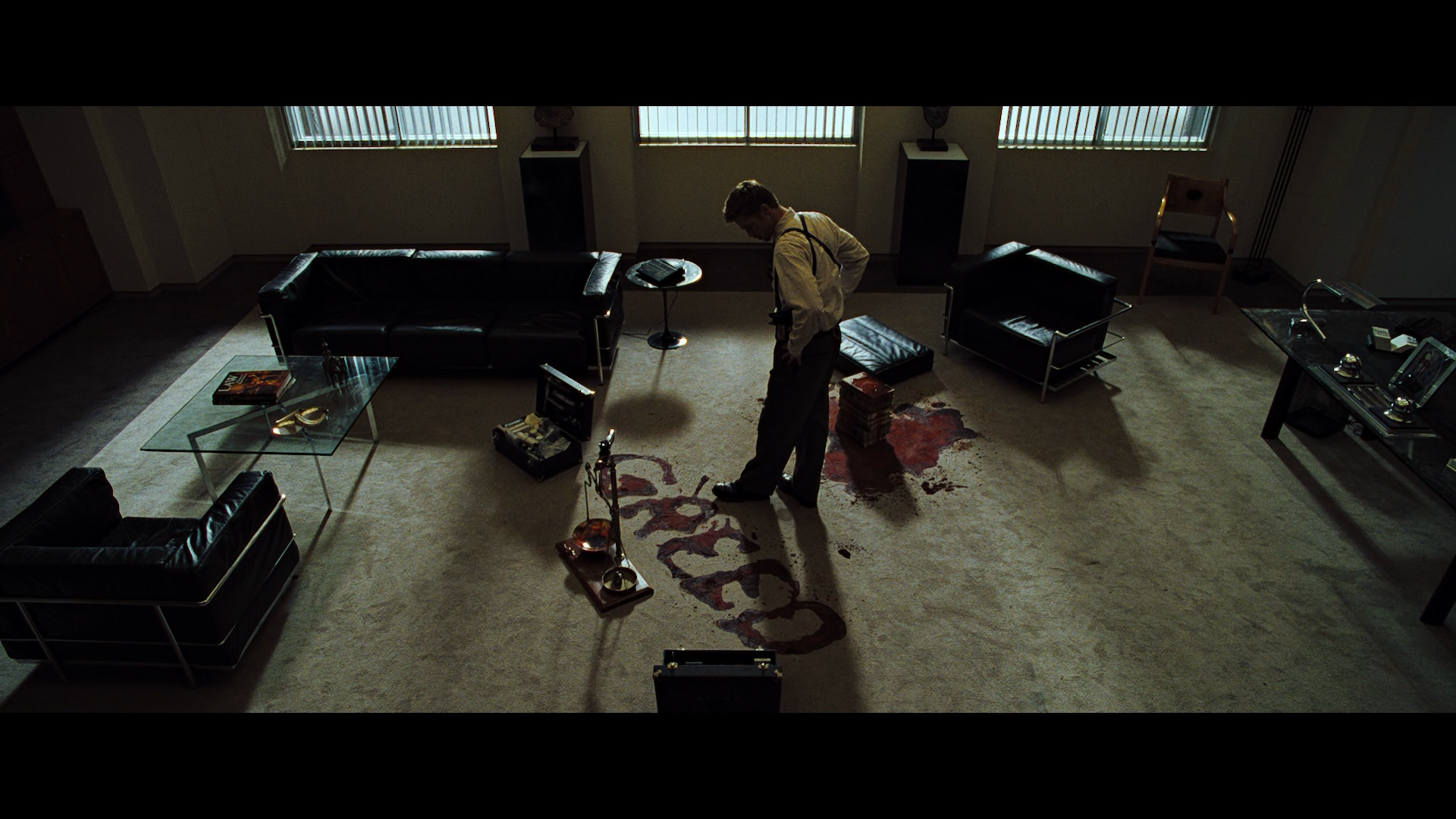
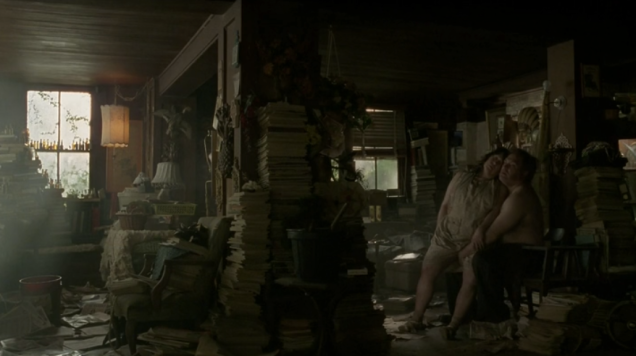
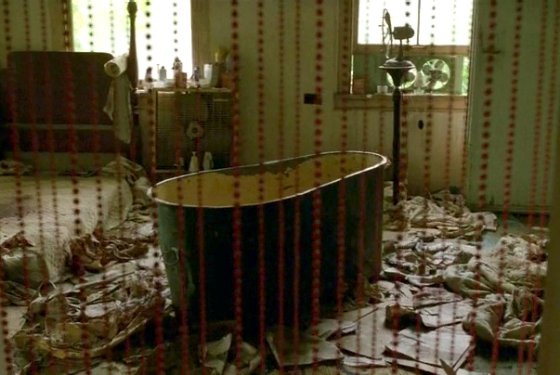
I really like the approach you took with the level design. It seems very unique, and interesting traversing the same level, but with a completely different set of objects scattered throughout it. My only question is how quickly a player may be able to run through everything and complete the level.
The idea at the moment is to create a puzzle in the environment that will push the player to investigate each piece of the level even closer. Hopefully, I am able to create a level in which the solution isn’t so obvious that a player can run in and out. If done successfully, it will give a chance for the player to take part in a story and deeper experience.